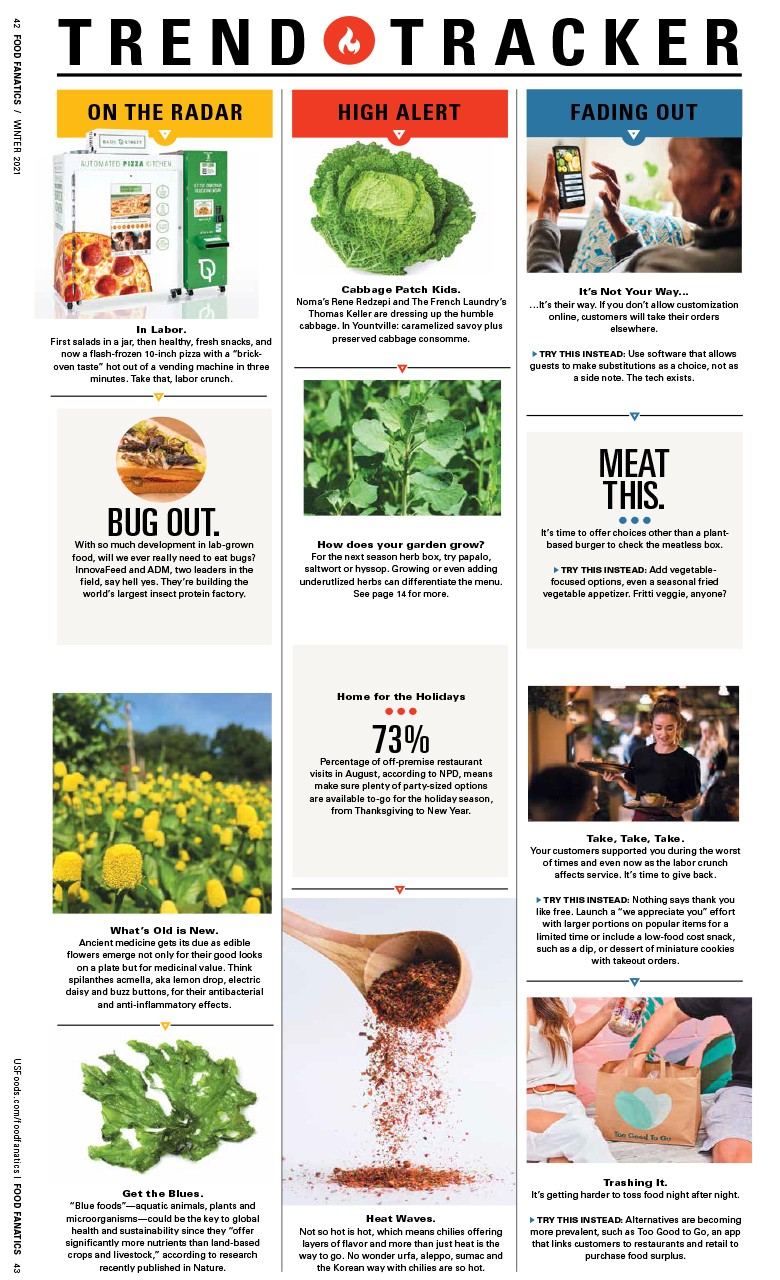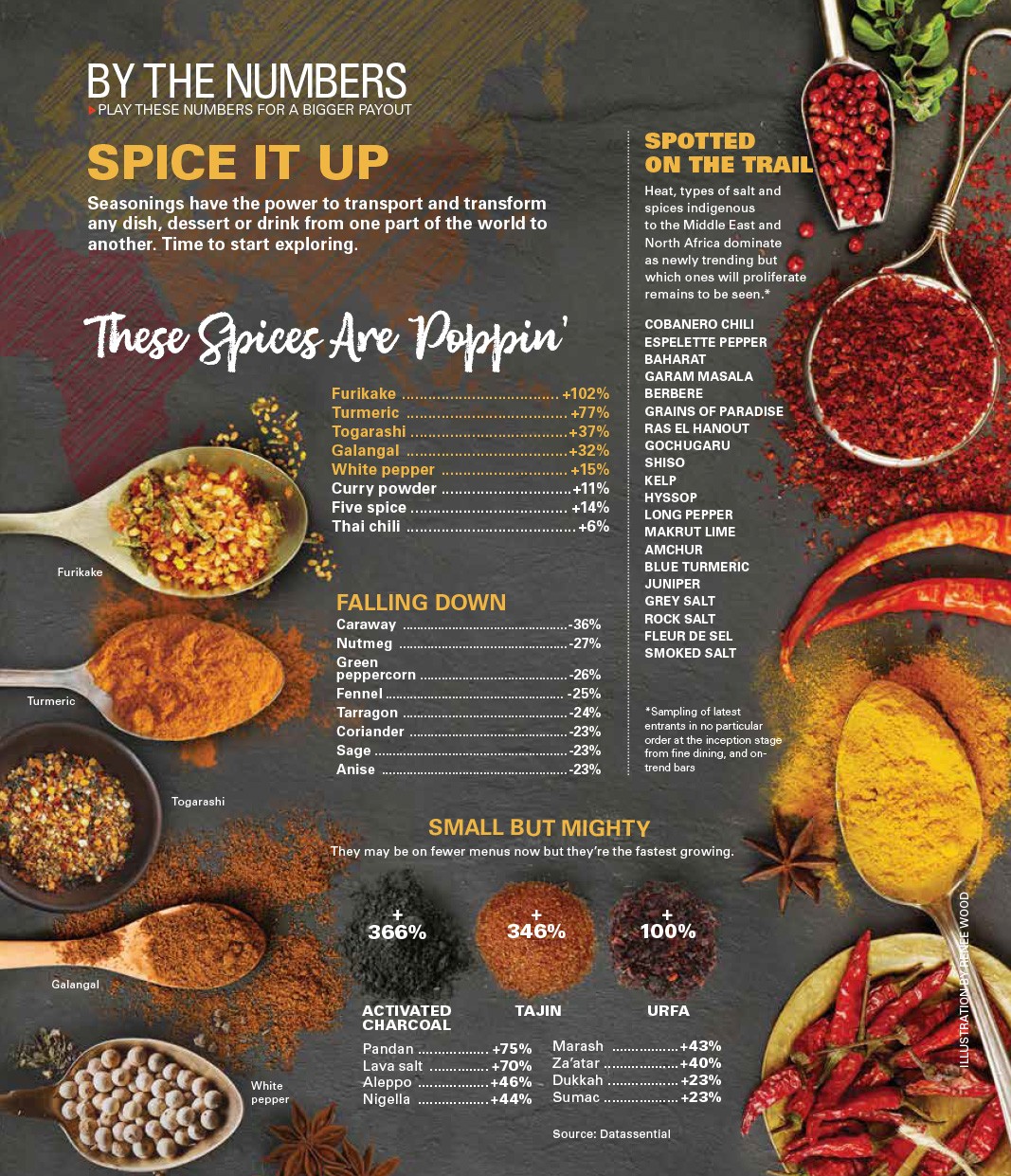CASH IN ON THE RESTAURANT MEMBERSHIP MOVEMENT
Given the rise of membership-based retail, such as Costco and Amazon, is it any surprise restaurants are launching subscription and membership programs?
Whether it’s point-based or a community-supported restaurant (CSR), membership programs can generate diner loyalty, inject cash flow into the business and create a lasting sense of community. Just don’t be boring.
“Pitch memberships in a community way, as opposed to loyalty cards that are just about a discount,” says Adam Orman, general manager of L’Oca d’Oro in Austin, Texas. “What you’re offering needs to be unique, either culinarily or socially, something that people want to be a part of.”
THE CSR MODEL OF RESTAURANT MEMBERSHIP
WHAT IT IS: Think Kickstarter with a restaurant focus. Community-supported restaurant memberships ask diners for up-front investments via membership dues, which support a gamut of expenditures, from renovation costs to improving insurance coverage. In exchange, members receive perks and bragging rights.
HOW IT WORKS: To transition from a pop-up and catering operation to a restaurant, L’Oca d’Oro offered memberships levels from $1,000 to $5,000. At each level, diners earned a 20% bump ($1,000 level accrued $1,200 in food credit) and early access to special events.
WHY IT’S WORTHY: For the diner, it can mean more than a place to eat. L’Oca d’Oro, for instance, established itself as a community hub even before opening. Knowing they’re supporting a neighborhood business, customers feel more of a connection to the restaurant.
OTHER WAYS: Lenoir, also in Austin, has a similar approach to ensure it could source the best ingredients and retain top talent. Members received dollar-for-dollar credit and perks, such as free knife sharpening ($2,500 level) and private four-course dinners ($5,000 level). Members can also share their accounts with other diners, thus spreading interest organically.
WINE AND SPIRIT VIP MEMBERSHIP PROGRAMS
WHAT IT IS: Member-only cocktails or procured monthly wine orders that generate exclusivity and lure well-heeled regulars.
HOW IT WORKS: “The Cocktail Cabinet of Curiosities” program at New York City’s Saxon + Parole allows customers to sign up for one- ($75), three- ($225) or 12-month ($790) memberships. Members receive a glass bottle emblazoned with their name, which remains in the bar’s liquor cabinet. Each month, bartenders fill the glassware with cocktails available only to them.
WHY IT’S WORTHY: Rather than visit the trendy bar du jour, customers stick with Saxon + Parole to maximize their memberships. Higher markups on alcohol ensure better profits, while bigger food orders improve check averages at the bar.
OTHER WAYS: More than 250,000 people have signed up for Cooper’s Hawk Wine Club. Members indicate their preferences (such as whites, reds and sweet) and Cooper’s Hawk sends monthly bottles. Members receive dining gift cards for points earned as, well as retail discounts, members-only events and limited bottlings. In return, Cooper’s Hawk enjoys steady business and an ever-expanding customer database.
MEMBERSHIP PERKS FOR RESTAURANT REGULARS
WHAT IT IS: Frequent diner memberships with perks that make guests feel like VIPs.
HOW IT WORKS: At Blood & Sand in St. Louis, a monthly membership fee of $15 entitles diners to special menu pricing and other privileges, like members-only happy hours, retail wine pricing and reserved tables. Similar deals are extended to small and large businesses.
WHY IT’S WORTHY: “Sometimes (members) are our best source of ideas,” says Tim Murphy, owner of Blood & Sand. “With a sense of ownership and loyalty, they feel invested in our success.”
OTHER WAYS: Chicago-based Lettuce Entertain You Enterprises offers a tiered frequent-diner program. The more money diners spend, the higher their point returns. And since points can be used at over 120 restaurants across the country, says Lettuce President R.J. Melman, diners can enjoy diverse dining experiences.



